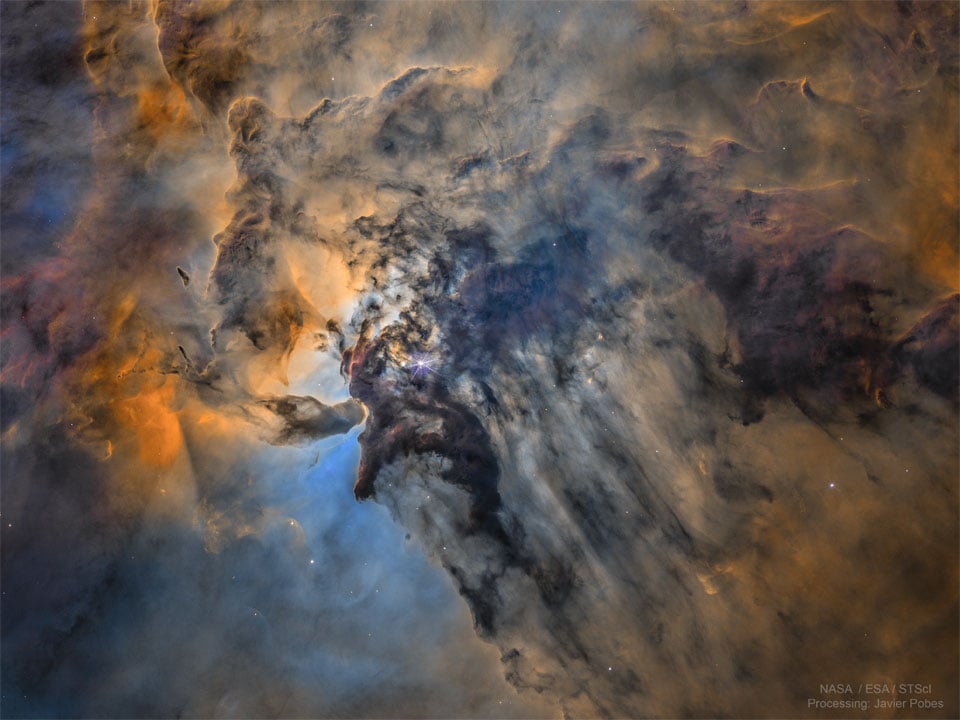this post was submitted on 19 Jul 2024
93 points (95.1% liked)
[Dormant] moved to !space@mander.xyz
10761 readers
2 users here now
This community is dormant, please find us at !space@mander.xyz
You can find the original sidebar contents below:
Rules
- Be respectful and inclusive.
- No harassment, hate speech, or trolling.
- Engage in constructive discussions.
- Share relevant content.
- Follow guidelines and moderators' instructions.
- Use appropriate language and tone.
- Report violations.
- Foster a continuous learning environment.
Picture of the Day
 The Busy Center of the Lagoon Nebula
The Busy Center of the Lagoon Nebula
Related Communities
🔭 Science
- !astronomy@mander.xyz
- !curiosityrover@lemmy.world
- !earthscience@mander.xyz
- !esa@feddit.nl
- !nasa@lemmy.world
- !perseverancerover@lemmy.world
- !physics@mander.xyz
- !space@beehaw.org
- !space@lemmy.world
🚀 Engineering
🌌 Art and Photography
Other Cool Links
founded 2 years ago
MODERATORS
you are viewing a single comment's thread
view the rest of the comments
view the rest of the comments
You bring up a good point. There's strong arguments to be made that Venus has been "contaminated" by the Soviet probes. That's why NASA is being so careful with the Europa Clipper.
If there is life in the clouds of Venus, it will be hard to verify if it's natural, or from Earth.
Venus is close to earth in that it has a dense atmosphere and is about the same size. Somewhere in the atmosphere is probably a layer that has enough oxygen, pressure, and is shielded from enough radiation for life to survive.
Mars is very different from either of earth or Venus.
It has 1% of the atmosphere as earth, what atmosphere it does have has nearly all CO2, and it only has 1/3rd the gravity. Its surface is constantly blasted by enough solar radiation to effectively sterilize anything on the surface, and the ground is full of toxic salts. I would much rather be in a cloud on Venus than anywhere on the surface of mars.
It was pretty clear to me that you meant spatial proximity.